As KRAS-targeted therapy enters a new era, one unexpected player has captured the spotlight: Wild-type KRAS (WT-KRAS). While mutant KRAS has long been seen as the dominant oncogenic driver, emerging evidence shows that its wild-type counterpart often acts as the “backup engine” that restores tumor signaling after treatment.
This article explores why WT-KRAS matters, how it rewires signaling to sustain tumor survival, and what this means for the next generation of drug discovery.
1. What Is Wild-Type KRAS? — A “Normal” Protein with Abnormal Influence
In human cells, wild-type and mutant KRAS coexist. WT-KRAS performs essential homeostatic roles in normal tissues, but in cancer cells it behaves differently. When mutant KRAS signaling is suppressed, WT-KRAS becomes rapidly activated, compensating to maintain downstream survival pathways.
In 2023, Science Signaling published a pivotal study (Bar-Sagi et al.) demonstrating that KRAS inhibition triggers a swift conversion of WT-KRAS into its active GTP-bound form. This reactivation restores both PI3K–AKT and MAPK signaling, effectively “rebooting” the tumor cell.
In short: when you silence mutant KRAS, WT-KRAS steps in.
2. Mechanistic Basis — The RTK–SHP2–WT-KRAS Loop
The primary trigger of WT-KRAS reactivation is the receptor tyrosine kinase (RTK) network, including EGFR, HER2, MET, and FGFR. When KRAS inhibition disrupts feedback suppression, these RTKs become hyperactive.
Activated RTKs signal through SHP2, which re-engages the RAS–SOS complex and converts WT-KRAS back to its GTP-bound state. This “RTK–SHP2–WT-KRAS feedback loop” has now been identified as a central mechanism of acquired resistance to KRAS inhibitors.
Indeed, nearly all KRAS G12C-resistant tumor models show concurrent activation of RTKs and WT-KRAS, reestablishing MAPK and PI3K signaling despite continued drug exposure.
3. The RAS Network Concept — Cooperation Between Mutant and Wild-Type
For decades, KRAS biology was viewed in binary terms: mutant equals oncogenic, wild-type equals normal. However, multi-omics studies have revealed that they cooperate in a division of labor within cancer cells.
Mutant KRAS preferentially drives the RAF–MEK–ERK cascade, while WT-KRAS maintains the PI3K–AKT arm. Together, they create a redundant, self-healing signaling architecture — a fundamental reason why monotherapy often fails. This “RAS network” model reframes resistance not as a mutation problem but as a systems-level adaptation.
4. Strategy 1: Dual Mutant + WT Inhibition — The RAS(ON) Approach
Revolution Medicines was the first to tackle this challenge head-on. Their compounds RMC-6236 and RMC-7977 target the active GTP-bound conformation of RAS itself, regardless of mutation status. These are known as RAS(ON) inhibitors.
Rather than focusing on allele specificity (e.g., G12C or G12D), this approach targets the shared structural state of RAS activation. Preclinical data show that RAS(ON) inhibition prevents WT-KRAS–mediated rebound, suppressing tumor regrowth. Clinical trials for pancreatic and colorectal cancers are now underway (as of 2025).
5. Strategy 2: Upstream Control — Blocking SHP2 and SOS1 Reactivation
Another major therapeutic axis is intercepting WT-KRAS reactivation upstream. Combining KRAS inhibitors with SHP2 inhibitors (e.g., TNO155, RMC-4630) or SOS1 inhibitors (e.g., BI-1701963) has proven effective in preclinical and early clinical models.
These combinations dampen RTK signaling and delay the onset of adaptive resistance. KRAS G12C + SHP2 inhibitor regimens have already shown extended disease control in early-phase trials, validating this “dual vertical blockade.”
6. Strategy 3: WT-KRAS Degradation — Pan-RAS Degraders and TTPD
Degradation-based strategies are gaining traction. PROTAC-derived molecules such as ACBI3 induce ubiquitination and proteasomal destruction of both mutant and wild-type RAS isoforms. This transiently resets RAS signaling at the network level.
Next-generation degraders using TTPD (Trivalent Targeted Protein Degradation) further enhance selectivity and potency, capable of degrading multiple RAS subtypes simultaneously. Such approaches could overcome the redundancy that underlies WT-mediated resistance.
7. Immune Remodeling — WT-KRAS as an Immunosuppressive Hub
KRAS inhibition does more than block signaling; it reshapes the tumor immune microenvironment. Residual WT-KRAS activity sustains secretion of immunosuppressive cytokines such as CXCL1 and IL-6, which hinder T-cell infiltration.
Conversely, WT-KRAS suppression restores interferon signaling and improves responses to immune checkpoint blockade (ICB). Thus, controlling WT-KRAS not only addresses resistance but also enhances antitumor immunity — linking targeted therapy and immunotherapy into a unified strategy.
8. Looking Forward — From “Killing” WT-KRAS to “Reprogramming” It
WT-KRAS is indispensable for normal cellular signaling, so complete inhibition is not feasible. Future strategies will aim to reprogram rather than eradicate WT-KRAS — achieving temporal, selective control that dampens tumor signaling without harming normal tissue.
Integrating AI-driven structural modeling and quantum computing now allows real-time mapping of mutant–wild-type dynamics. This emerging discipline — “Systemic RAS Therapeutics” — represents the conceptual next step beyond mutation-centric drug design.
9. Author’s Perspective — The Real Frontier Begins Here
The success of KRAS inhibitors marks only the beginning of RAS drug discovery. The true challenge lies in mastering the interplay between mutant and wild-type RAS — the full RAS network. Understanding and controlling WT-KRAS may finally transform cancer from a fatal disease into a manageable chronic condition.
In my view, the next revolution will not be about destroying RAS, but about taming it — balancing biology and pharmacology to restore controlled signaling, not silence it entirely.
Next in the Series — Part 4: KRAS, Immunity, and the Unexpected Bridge to Regeneration
The upcoming fourth installment will explore the intersection of KRAS signaling, immune modulation, and regenerative medicine — where tumor suppression meets cellular reprogramming and longevity research.
This article was produced by the Morningglorysciences Editorial Team.
Related articles




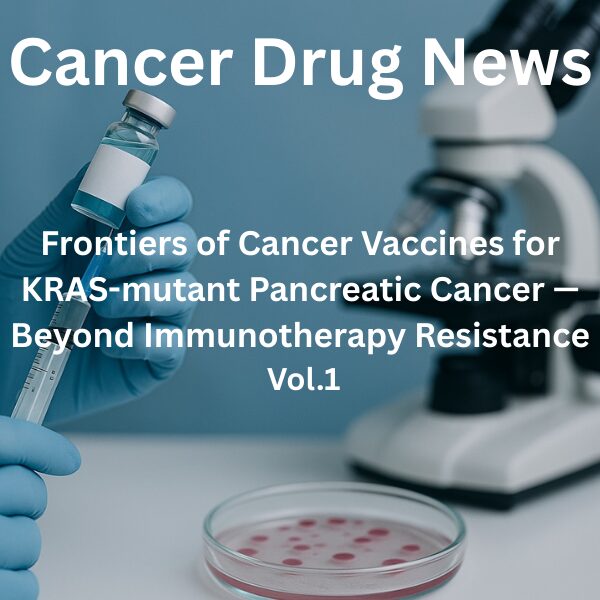
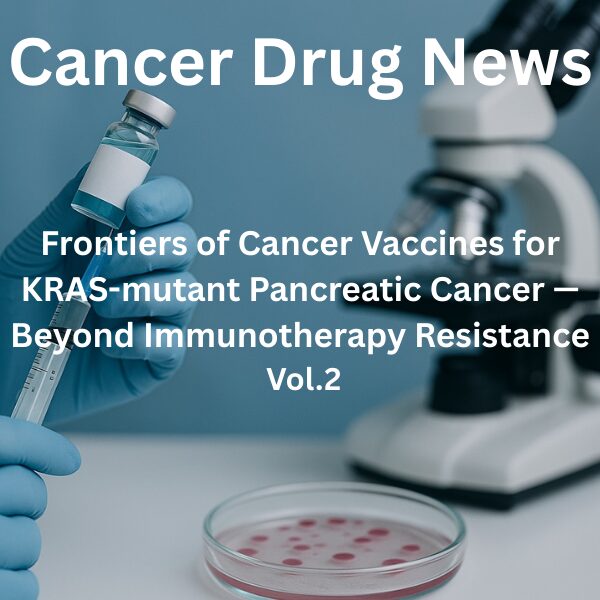
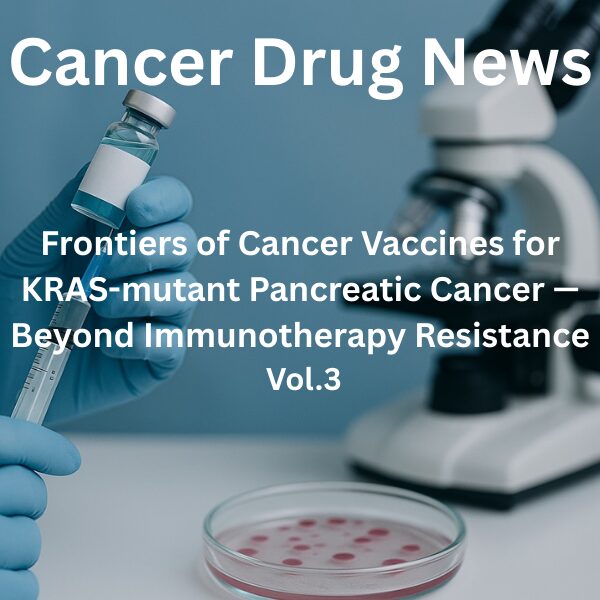
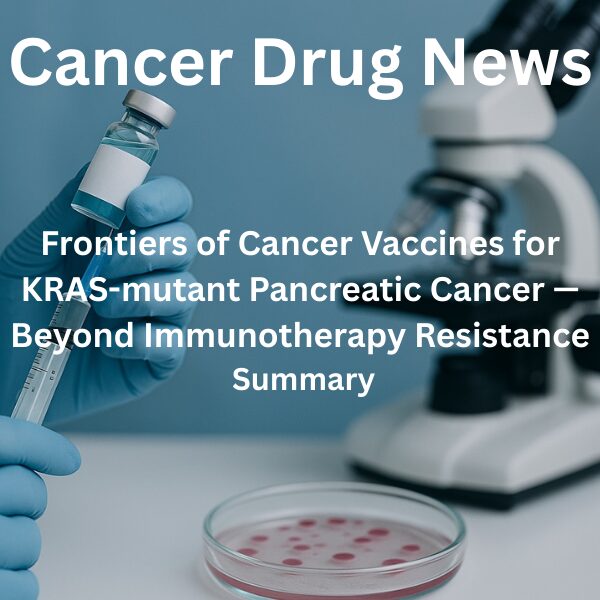



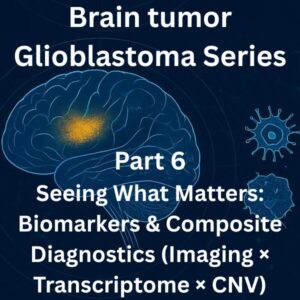
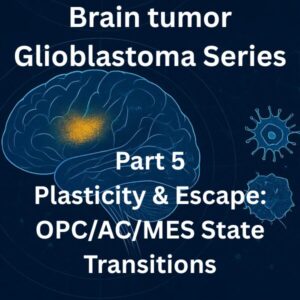
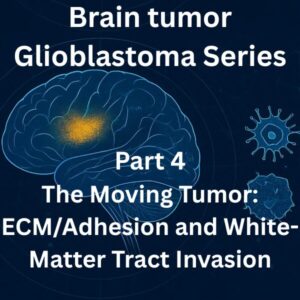
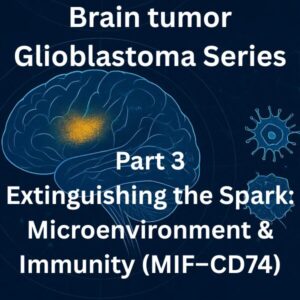
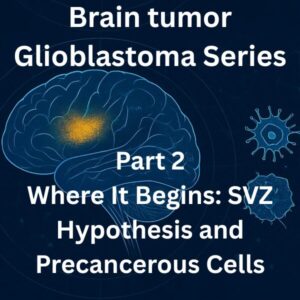
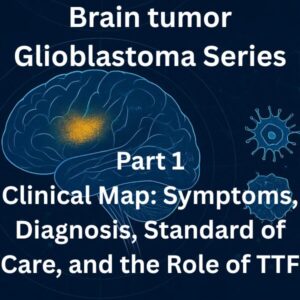
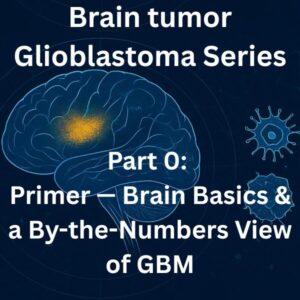
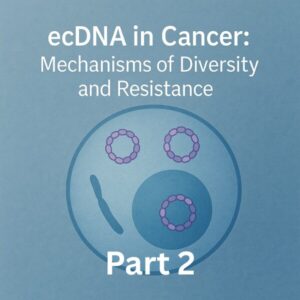
Comments